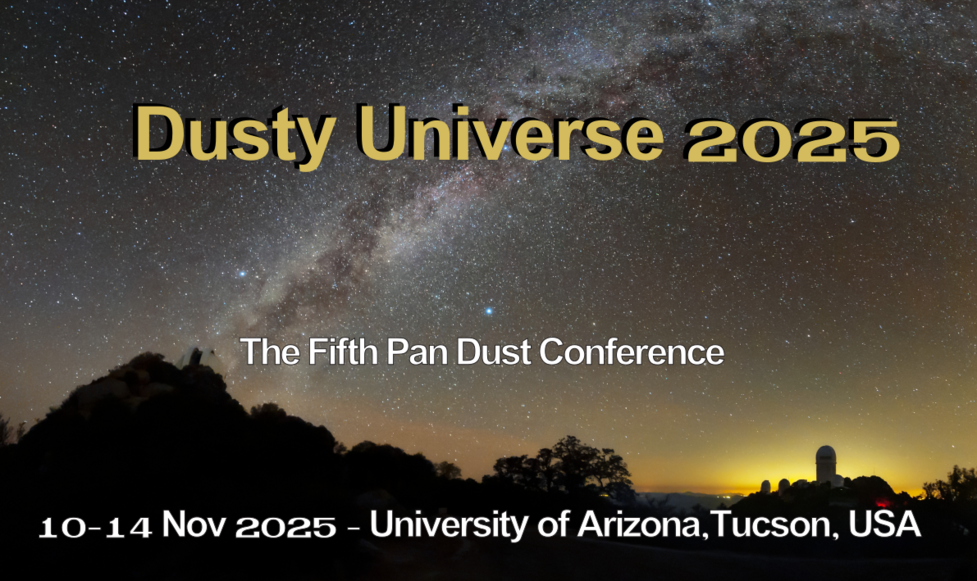Stars on the asymptotic giant branch dominate the observed production of dust in the Galaxy and nearby galaxies in the Local Group. These stars and more massive supergiants form a wide variety of dust species, including carbonaceous grains, silicates, and alumina in both amorphous and crystalline forms. Infrared spectroscopy has shown how the quantity and chemistry of the dust depend on the properties of the star, including the initial mass and metallicity, the C/O ratio in the envelope, and the amplitude and mode of pulsations. Each successive infrared space observatory has led to new spectroscopic metrics for investigating the dust. Higher-resolution spectroscopy from JWST has revealed the complexity of the molecular contribution to the spectra and gives us further clues about the material from which the dust forms. The JWST spectra also suggest that disentangling the molecular and solid-state components in the spectra may be a little more challenging than previously assumed.

|
|
|
|
Dust from evolved stars
1 : Space Telescope Science Institute
2 : University of North Carolina at Chapel Hill [NC, USA]
|
 PDF version
PDF version
